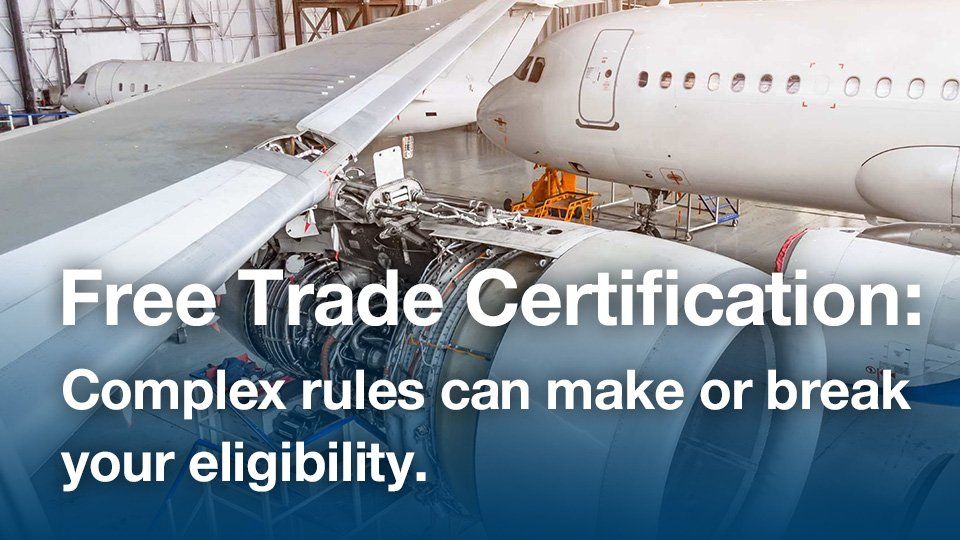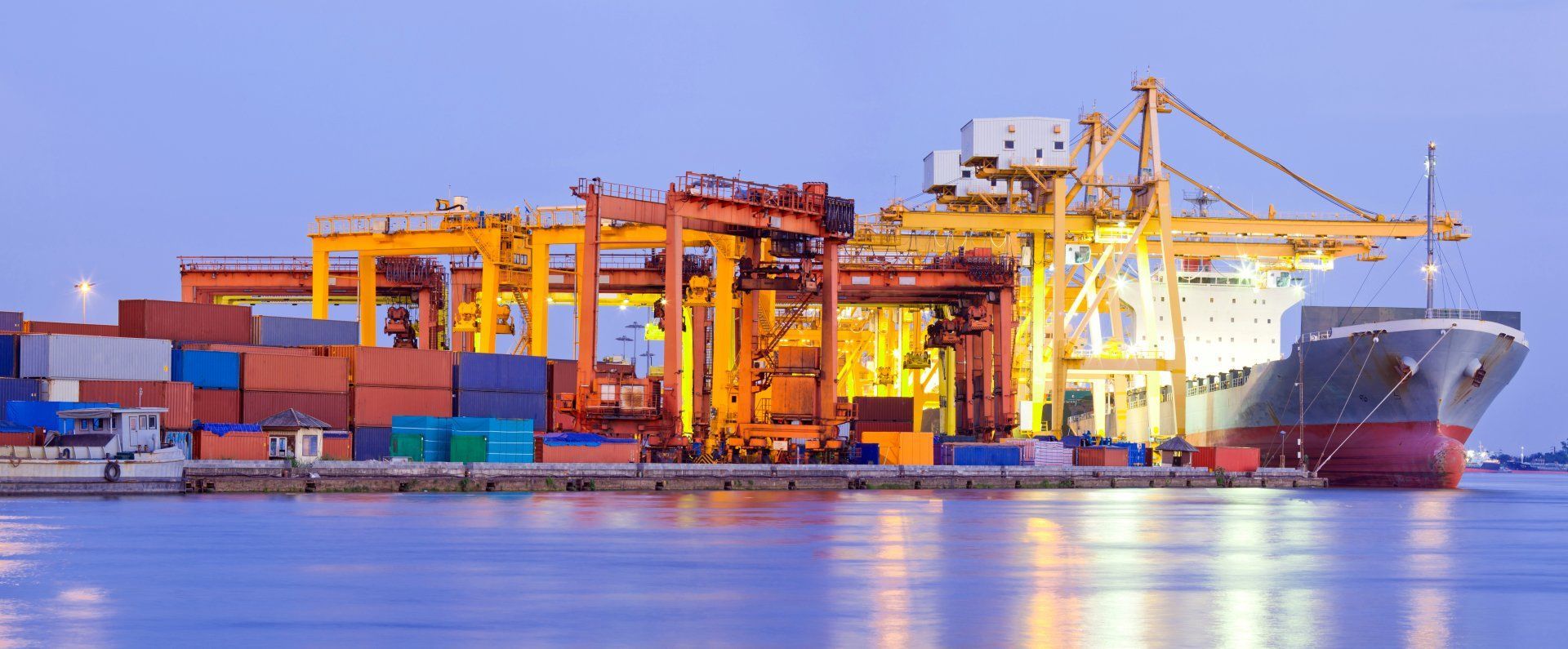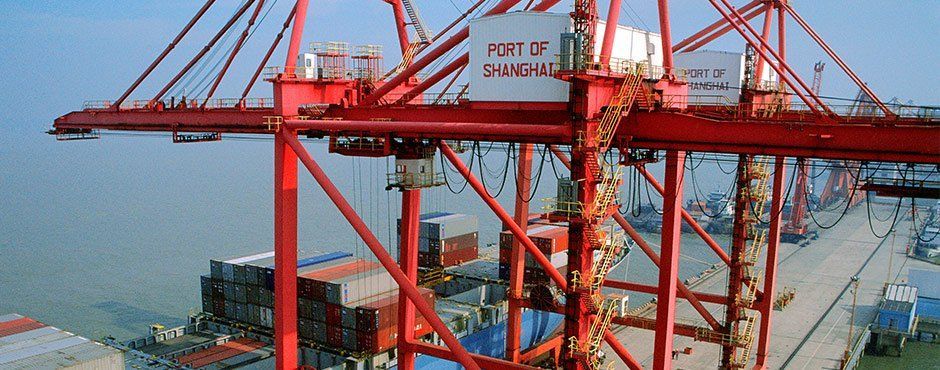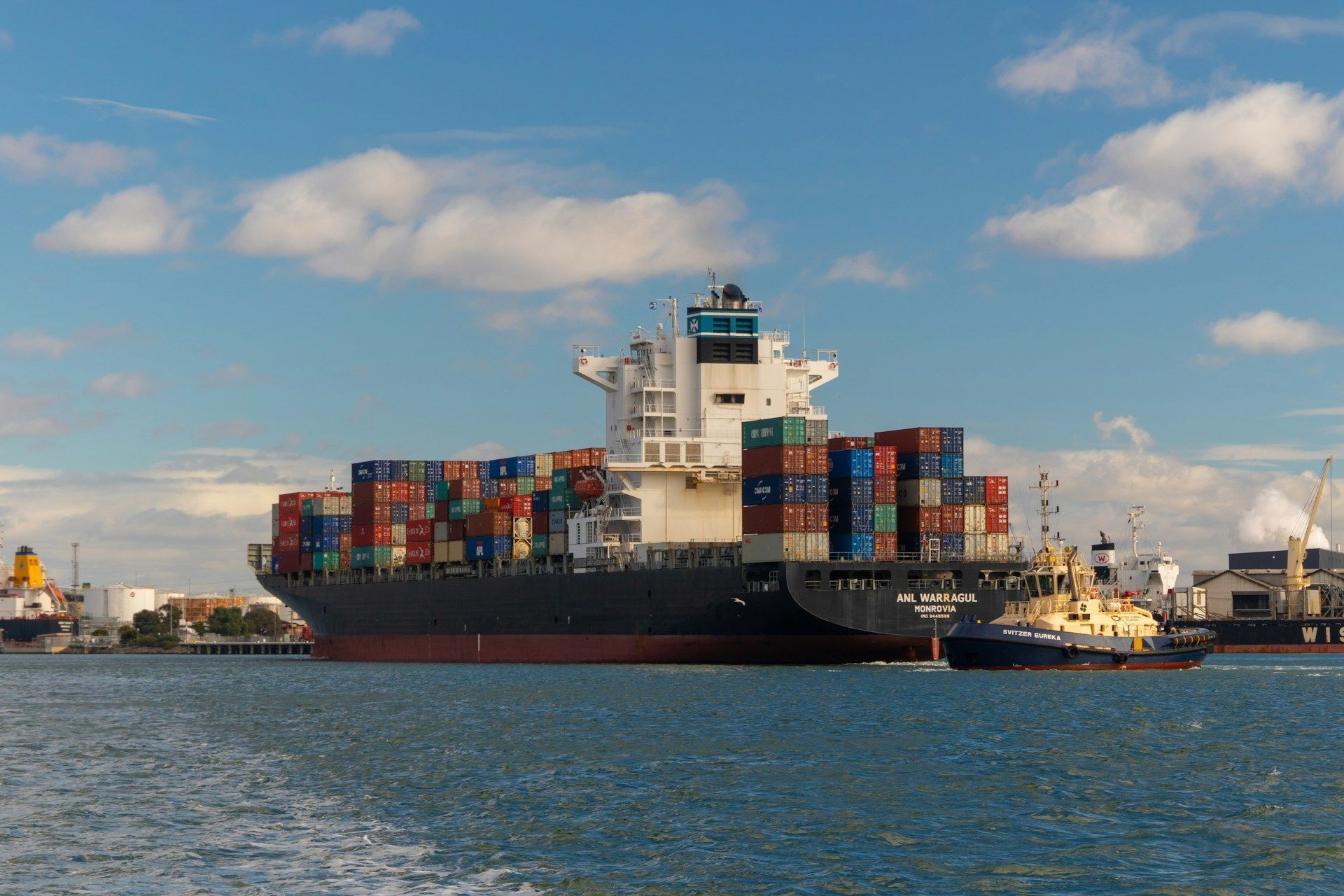Understanding Duty Drawback: A Comprehensive Guide
In the intricate world of international trade, various mechanisms exist to facilitate smoother transactions and encourage commerce across borders. One such mechanism is duty drawback, a process that offers significant benefits to businesses engaged in importing and exporting goods. In this guide, we will delve into the concept of duty drawback, its benefits, and how businesses can leverage it to their advantage.
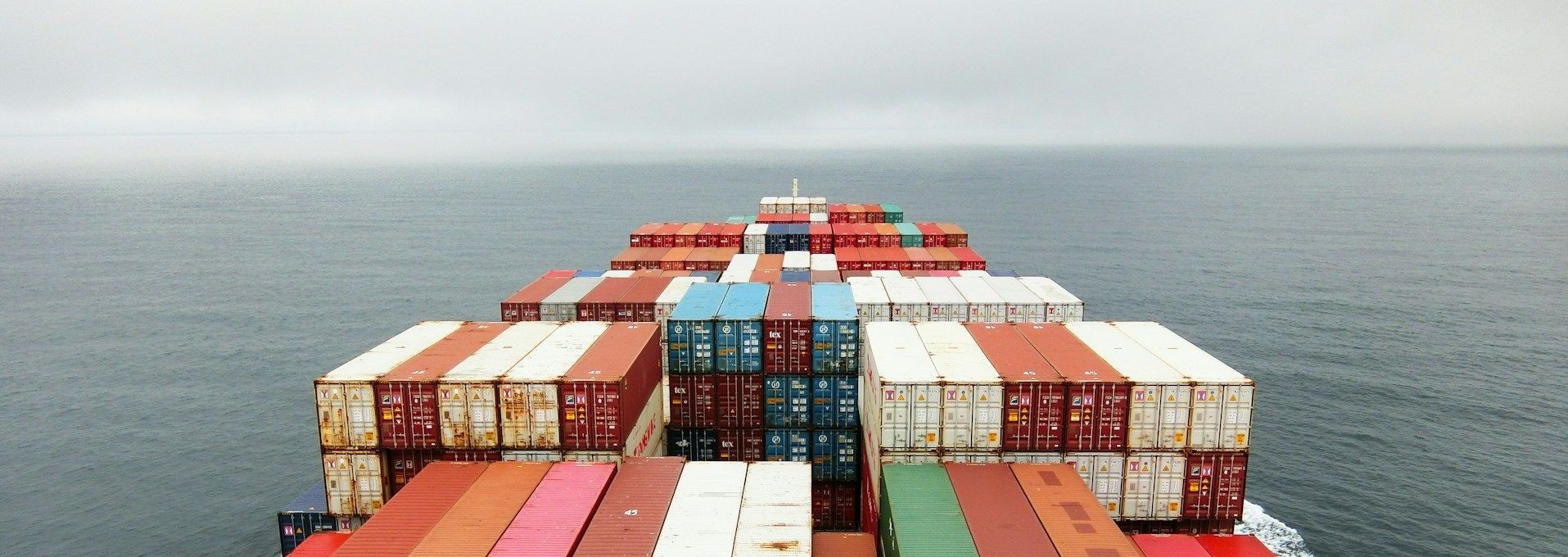
What is Duty Drawback?
Duty drawback is a customs procedure that allows businesses to claim a refund of certain duties, taxes, and fees paid on imported goods when those goods are subsequently exported or used in the production of exported goods. Essentially, it serves as a mechanism to alleviate the burden of import duties, encouraging businesses to engage in international trade.
How Does Duty Drawback Work?
The process of duty drawback typically involves several steps:
- Importation of Goods: A business imports goods into a country, paying applicable customs duties, taxes, and fees at the time of importation.
- Exportation or Use in Production: The imported goods are either exported to another country or used in the production of goods that are subsequently exported.
- Claim Submission: The business submits a duty drawback claim to the customs authorities, providing documentation to prove that the imported goods were indeed exported or used in the production of exported goods.
- Secure Privileges: Since duty drawback is a privilege and not a right, a claimant will want to apply for and obtain privileges from Customs. Once approved, this will allow the payment of claims in an expedited manner.
- Review and Approval: Customs authorities review the claim to ensure compliance with regulations and verify the validity of the claim. With the above mentioned privileges,, the business then receives a refund or credit for the duties, taxes, and fees paid on the imported goods.
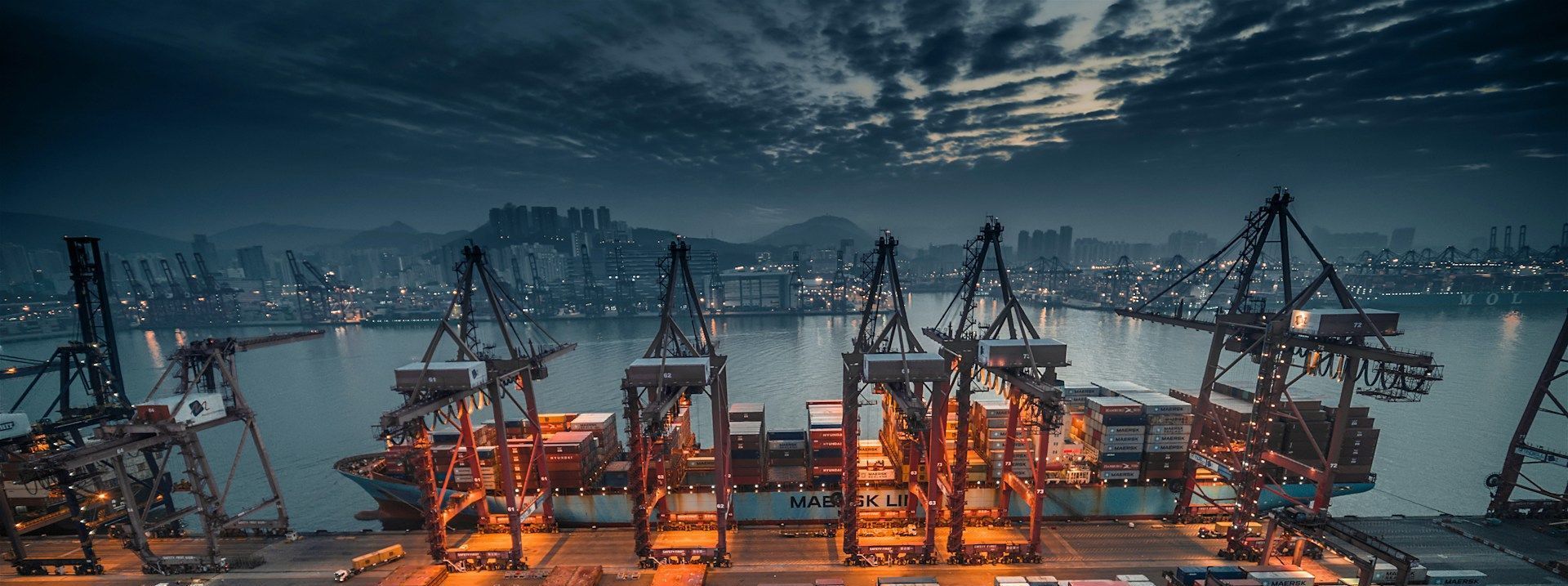
Types of Duty Drawback
There are various types of duty drawback, each catering to different scenarios and requirements:
- Direct Export Drawback: This type of drawback applies when imported goods are exported in the same condition as they were imported, without undergoing any further processing or manufacturing.
- Indirect Export Drawback: Indirect export drawback applies when imported goods are used as inputs in the production of exported goods. In this case, the drawback is claimed based on the quantity or value of the imported inputs used in the exported products.
- Substitution Drawback: Substitution drawback allows businesses to substitute domestic goods for imported goods in the production process. This can be advantageous when domestic inputs are cheaper or more readily available than imported ones.
- Unused Merchandise Drawback: If imported goods are exported or destroyed without being used in the production of other goods, businesses may be eligible for unused merchandise drawback, wherein they can claim a refund of the duties paid on the unused goods.
Benefits of Duty Drawback
Duty drawback offers several benefits to businesses engaged in international trade:
- Cost Savings: By reclaiming import duties, businesses can significantly reduce their production costs, making their products more competitive in the global market.
- Cash Flow Improvement: Duty drawback provides businesses with a source of cash flow, as they receive refunds for duties paid on imported goods. This liquidity can be reinvested into the business or used for other operational expenses.
- Promotion of Exportation: Duty drawback serves as an incentive for businesses to export goods, thereby promoting international trade and economic growth.
- Competitive Advantage: Businesses that leverage duty drawback effectively gain a competitive advantage in the marketplace, as they can offer lower prices or higher profit margins compared to competitors who do not utilize duty drawback.
Challenges and Considerations
While duty drawback offers significant benefits, businesses should be aware of certain challenges and considerations:
- Complexity of Regulations: Duty drawback regulations vary from country to country and can be complex to navigate. Businesses must ensure compliance with all applicable regulations to avoid penalties or delays in receiving refunds.
- Administrative Burden: The process of claiming duty drawback involves extensive documentation and administrative procedures, which can be time-consuming and resource-intensive for businesses.
- Limitations and Restrictions: Some countries impose limitations or restrictions on duty drawback, such as time limits for filing claims or exclusions for certain types of goods. Businesses should carefully review the eligibility criteria and restrictions before pursuing duty drawback.
- Cost-Benefit Analysis: Before engaging in duty drawback, businesses should conduct a thorough cost-benefit analysis to assess the potential savings and determine if the administrative burden outweighs the benefits.
Duty drawback is a valuable tool for businesses engaged in international trade, offering cost savings, cash flow improvement, and competitive advantages. By understanding the intricacies of duty drawback and navigating the associated challenges effectively, businesses can maximize their benefits and enhance their competitiveness in the global marketplace.
